Herbs quite simply transform a meal into a feast – they not only make the food look and taste appealing, they also stimulate the digestion and are one of the essential ingredients that make a meal come alive. Furthermore, they look beautiful in the garden or in containers and, as many of the culinary herbs are from the Lamiaceae family, including thyme, rosemary, sage, oregano, mint and basil, they are very attractive to bees and butterflies.
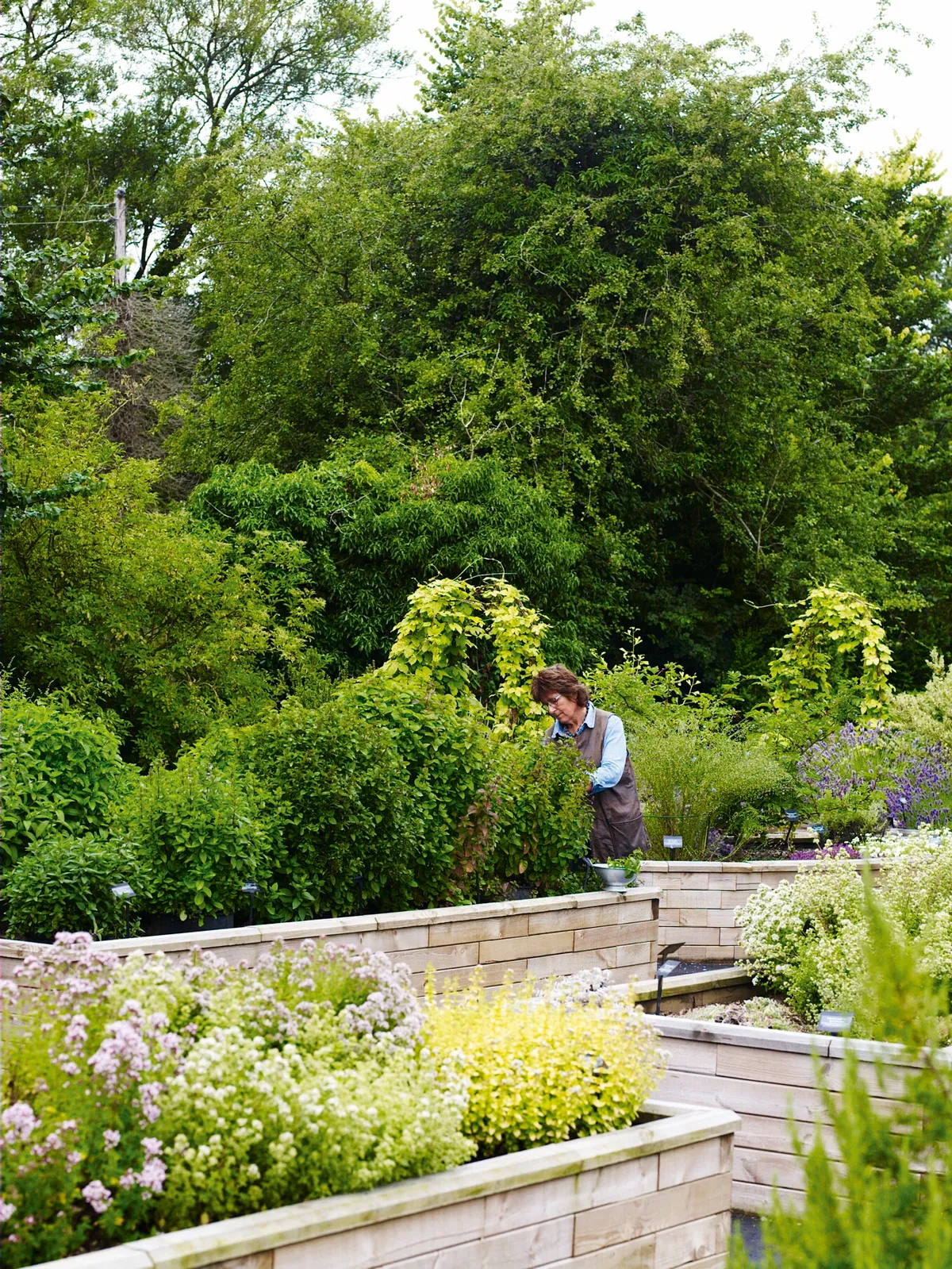
If asked which herb I could not survive without it would be mint, such as spearmint ‘Tashkent’ (Mentha spicata ‘Tashkent’), for not only does it look great in flower in any border where it can be covered in butterflies and bees, it has many diverse uses in the kitchen. For example, the leaves can be used in both sweet and savoury dishes, it makes cold or hot tisanes, it is amazing in cocktails such as mojitos and, similar to basil, it deters mosquitoes when the crushed leaves are rubbed on to the skin.
The benefits of growing your own herbs
Herbs are essential for our everyday wellbeing as they not only provide flavour and additional nutritional benefits to food, but also maintain a healthy ecosystem in the garden and keep our livestock healthy and productive. Even if you only have space for a few pots, herbs are guaranteed to lift your spirits and transform your meals.
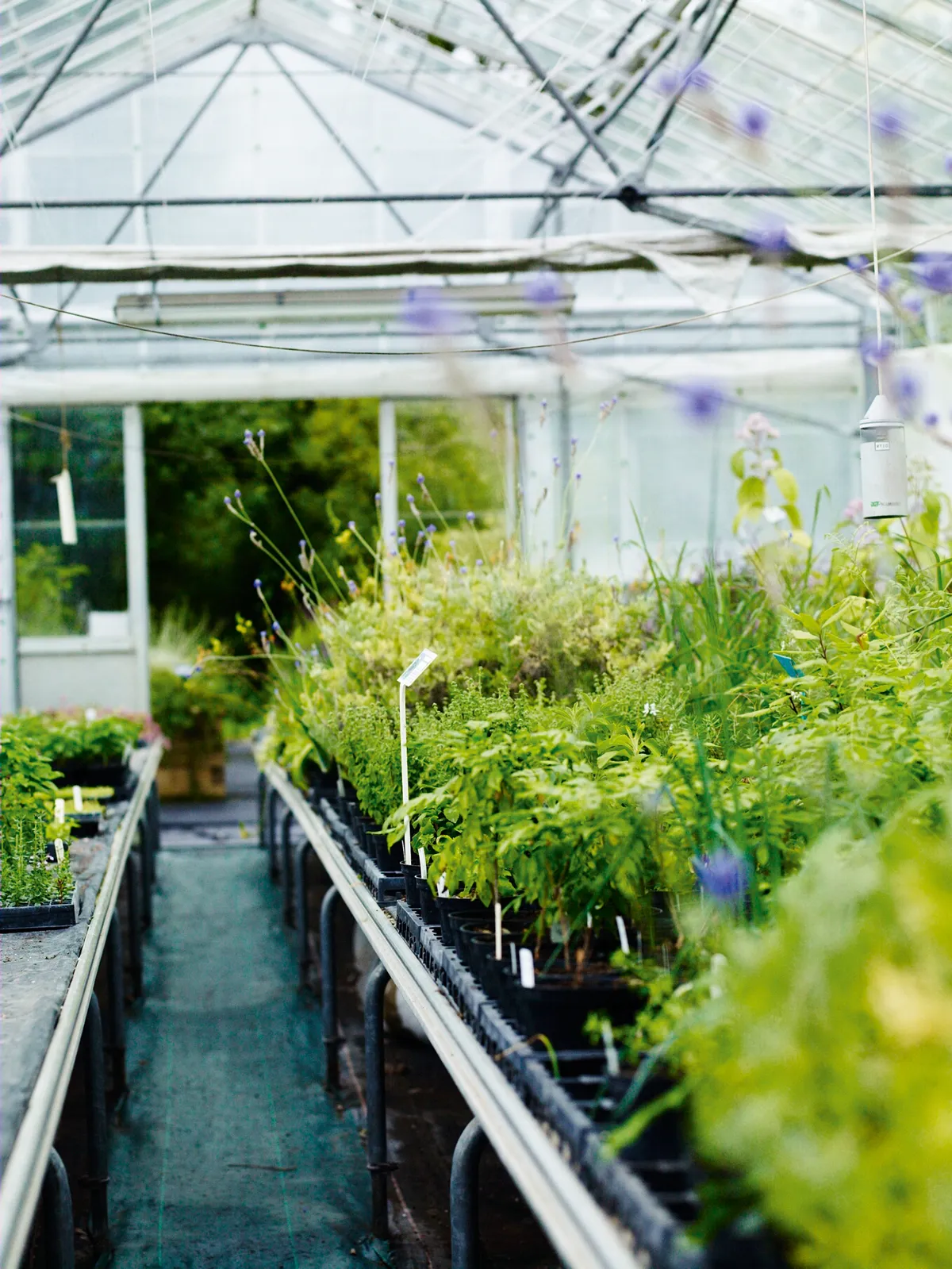
How to grow herbs
Compost for growing herbs
Loam-based compost is best for growing herbs in pots, and the compost should be kept well-drained, moist, but not too damp. Multi-purpose composts will work for herbs too.
Best soil for growing herbs
While loamy, sandy soil is better for most herbs, don't be put off from growing them if that's not the soil you have. The main thing you will need to grow them is light and good drainage. Here's more on soil health.
When to start growing herbs indoors
The best time to start off your planting of herbs is early spring, or March, but you can grow herbs year-round indoors. Although when winter hits it will get harder due to the lower levels of light. Looking for a herb growing kit?
Watering herbs
Jekka's top tip for growing herbs successfully in the UK, where our summers can be unpredictable and prone to cold spells at night, is to water your containers in the morning before you go to work, never at night, as this will stop the plants sulking and ‘damping off’.
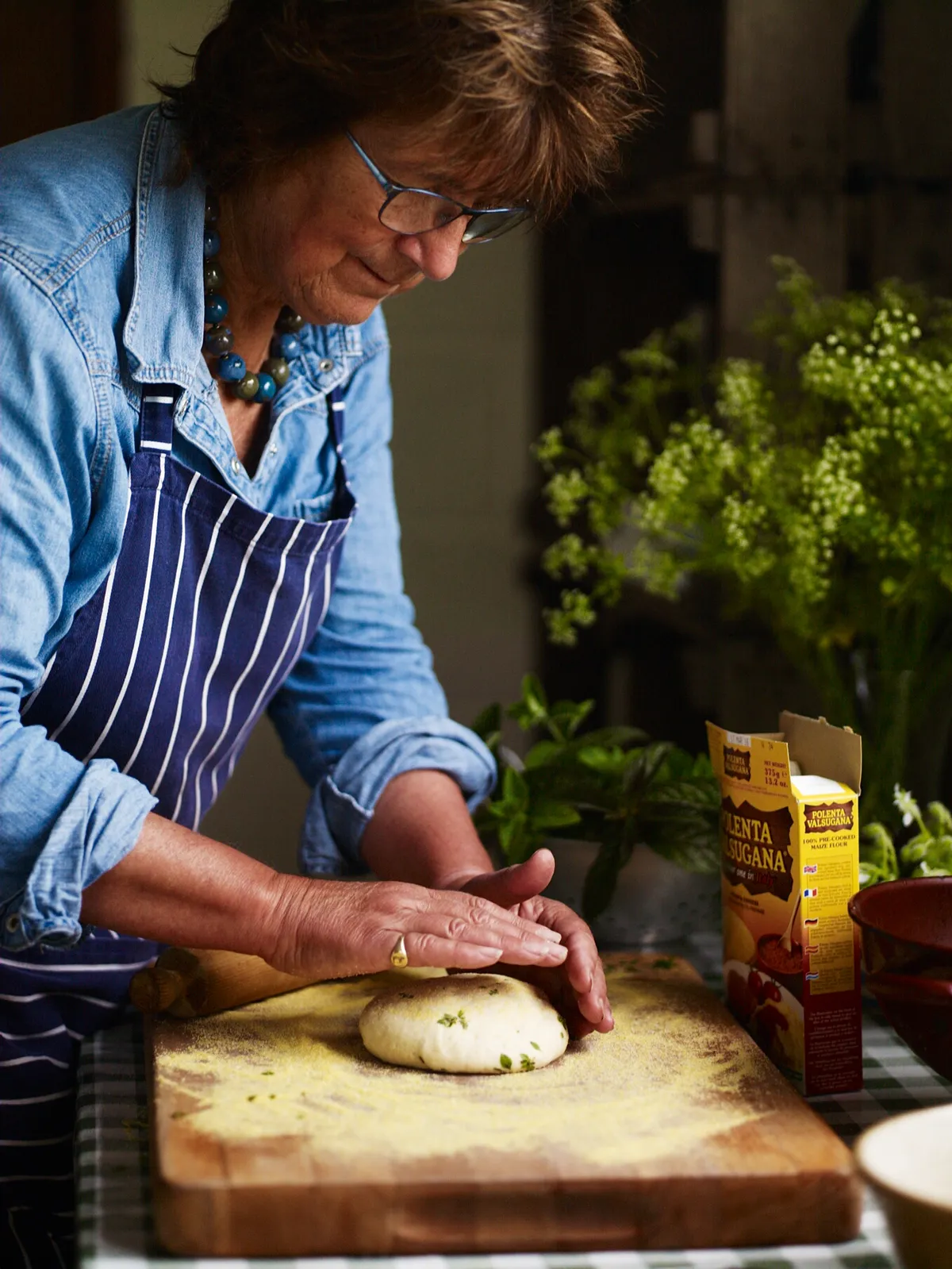
The best herbs to grow
Mentha spicata ‘Tashkent’ (spearmint)
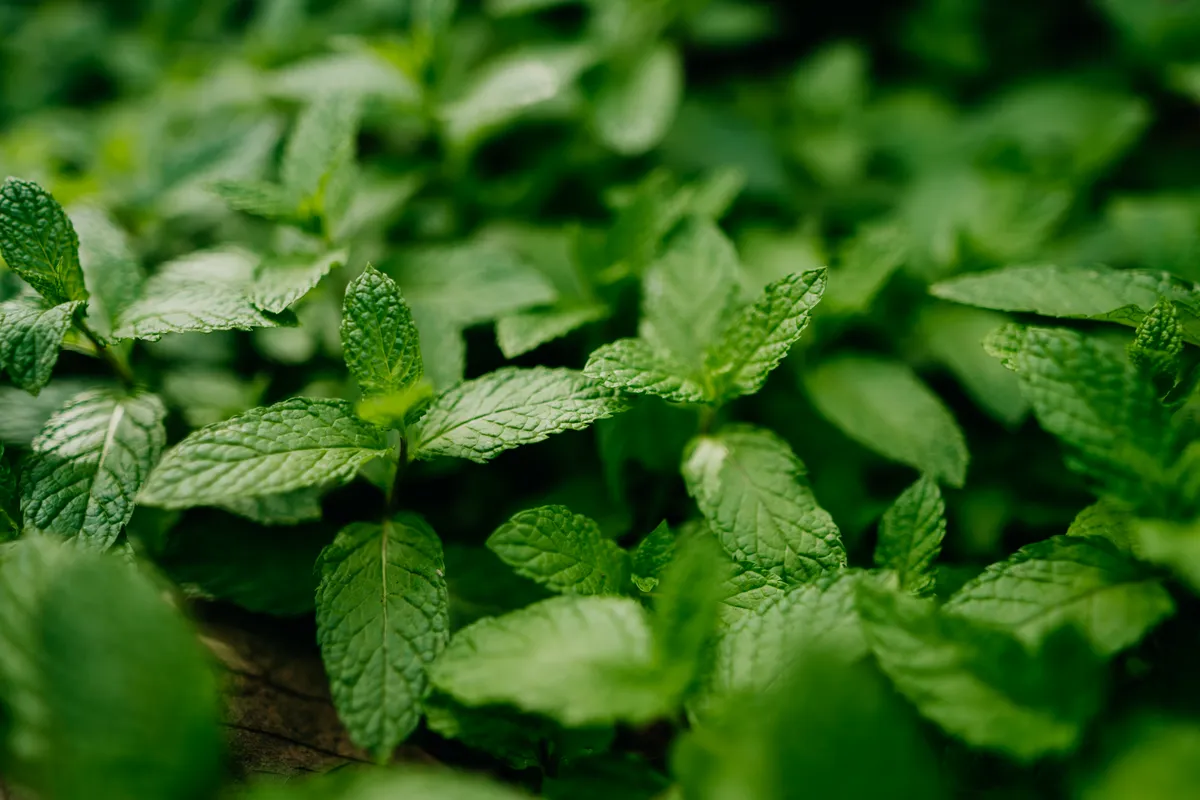
A hardy, herbaceous perennial with mauve flowers and textured, scented leaves. Good with potatoes, salads and in mint sauce. Grown from root or tip cuttings only. 80cm.
Salvia officinalis (common sage)
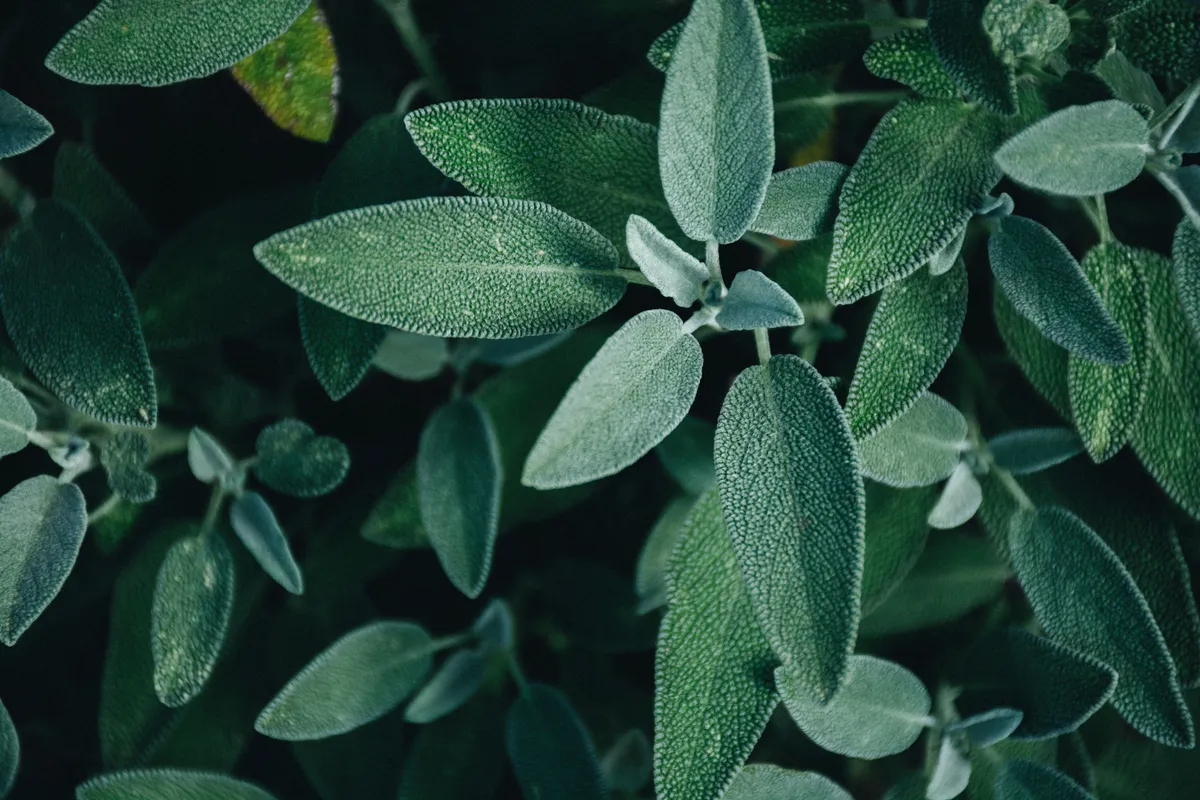
Frost-hardy, evergreen perennial with purple, edible flowers and aromatic leaves. Good flavour. Can be grown from seed. 45cm.
Ocimum basilicum ‘Horapha’ (Thai basil)

A frost-tender annual that has small, pale mulberry flowers and aniseed scented leaves. Only grown from seed. 30cm.
Ocimum minimum (Greek basil)

Frost-tender annual with white flowers. Small, aromatic leaves. Use in salads and cheese dishes. Only grown from seed. 23cm.
Borago officinalis ‘Alba’ (borage)
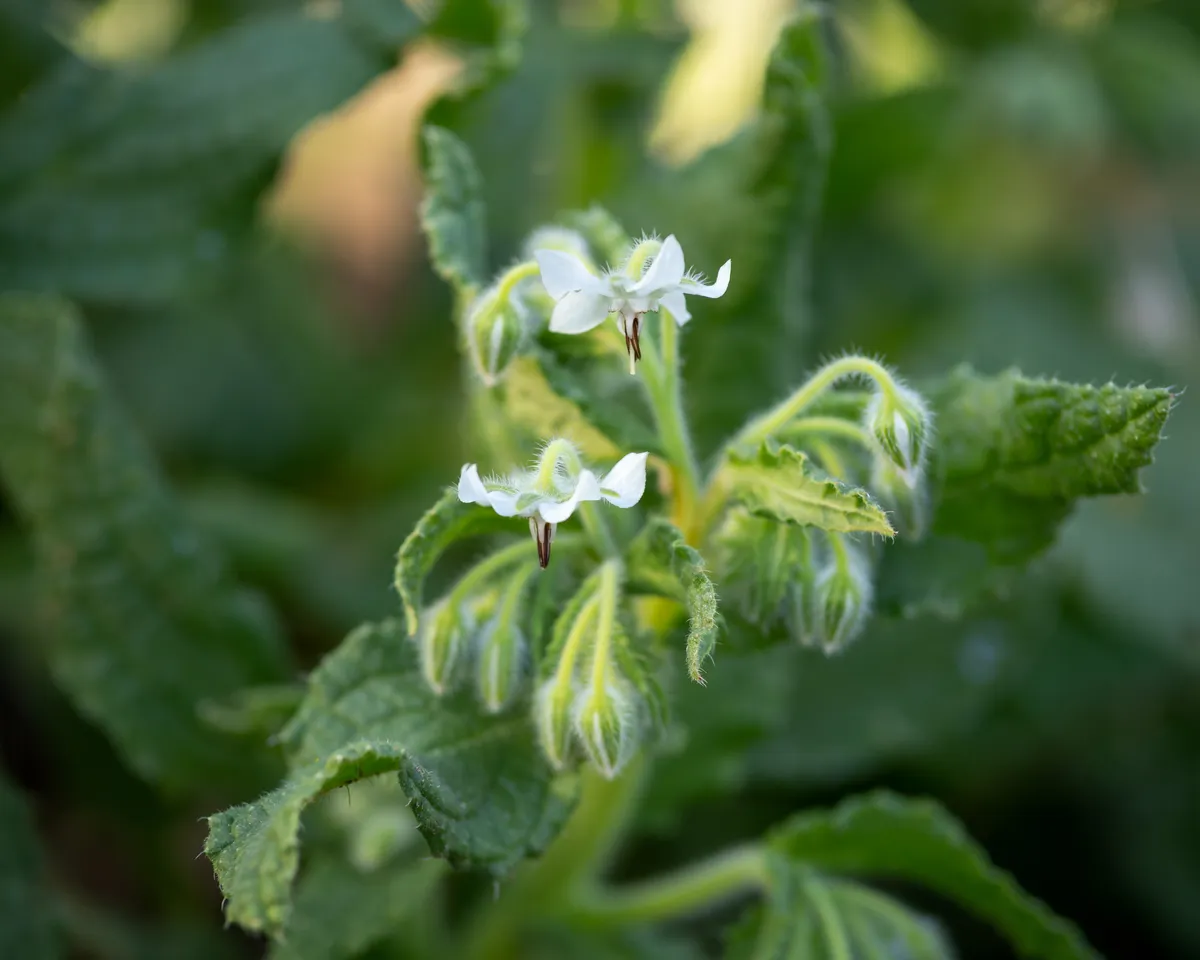
Frost-hardy annual with white flowers that can be used in drinks and salads. Young leaves are great in salads or chilled soup. Only grown from seed. 45cm.
Diplotaxis muralis (wild rocket)
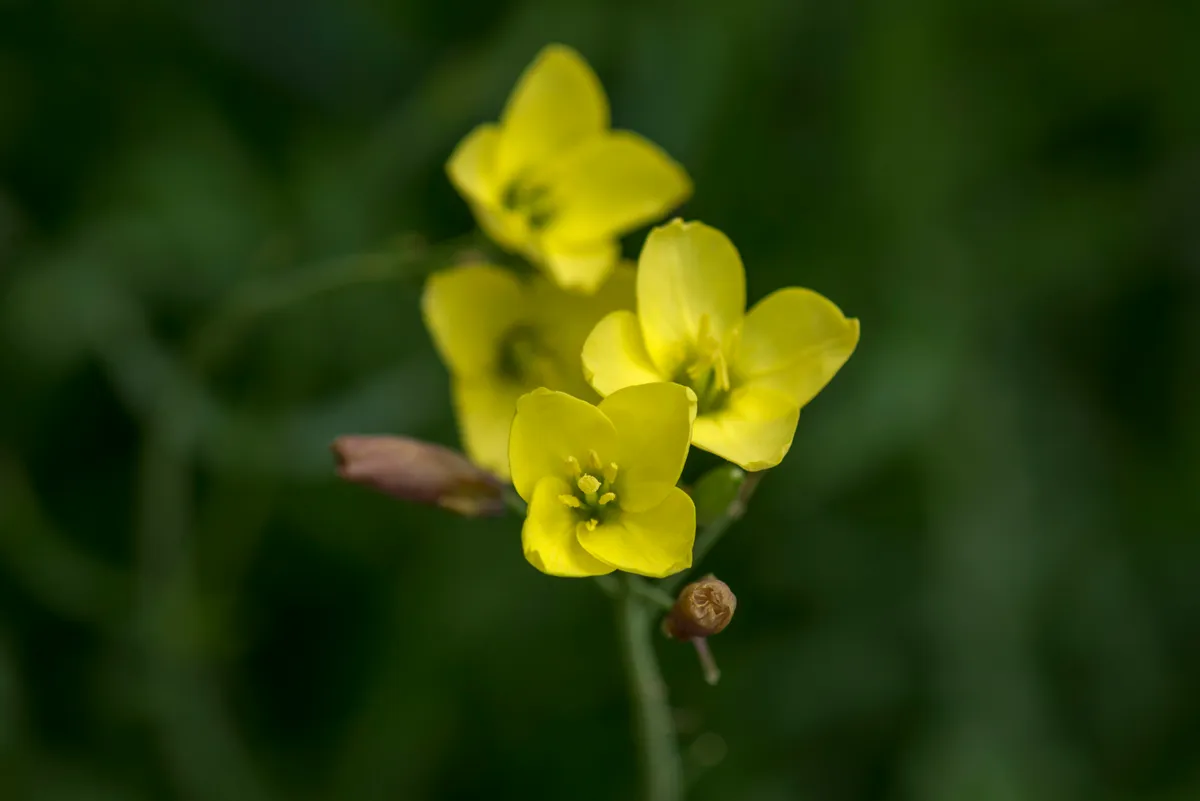
Fully hardy, herbaceous perennial with yellow flowers in summer. Leaves are delicious in salads. Can be grown from seed. 75cm.
Allium schoenoprasum (chives)
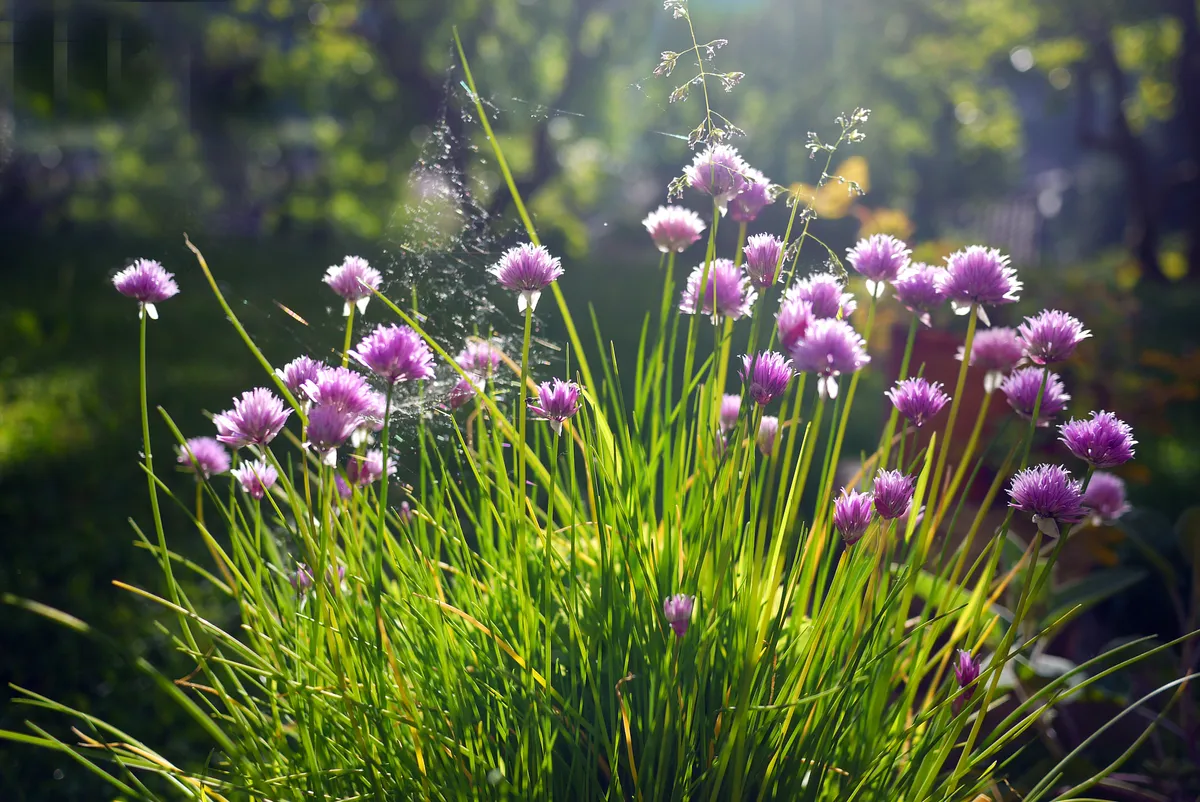
Fully hardy, herbaceous perennial. Mild onion flavour. Add to salads, egg and cheese dishes. Can be grown from seed. 30cm.
Artemisia dracunculus (French tarragon)

Frost-hardy, herbaceous perennial. Aromatic leaves have an aniseed flavour. Grown from root or tip cuttings only. 90cm.
Satureja montana (winter savory)
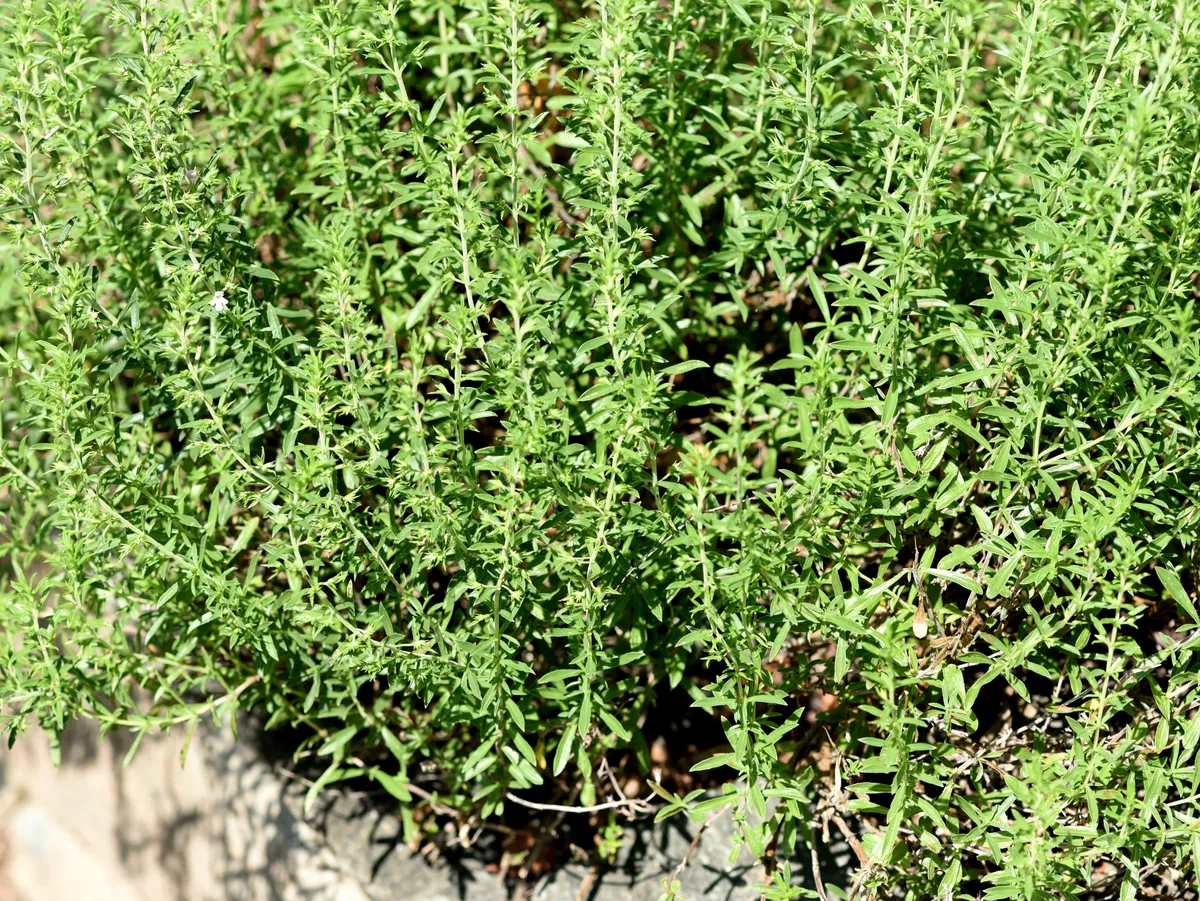
Fully hardy, perennial, semi-evergreen. Has small, white flowers. Good for salt-free diets. Can be grown from seed. 30cm.
Calendula officinalis (pot marigold)
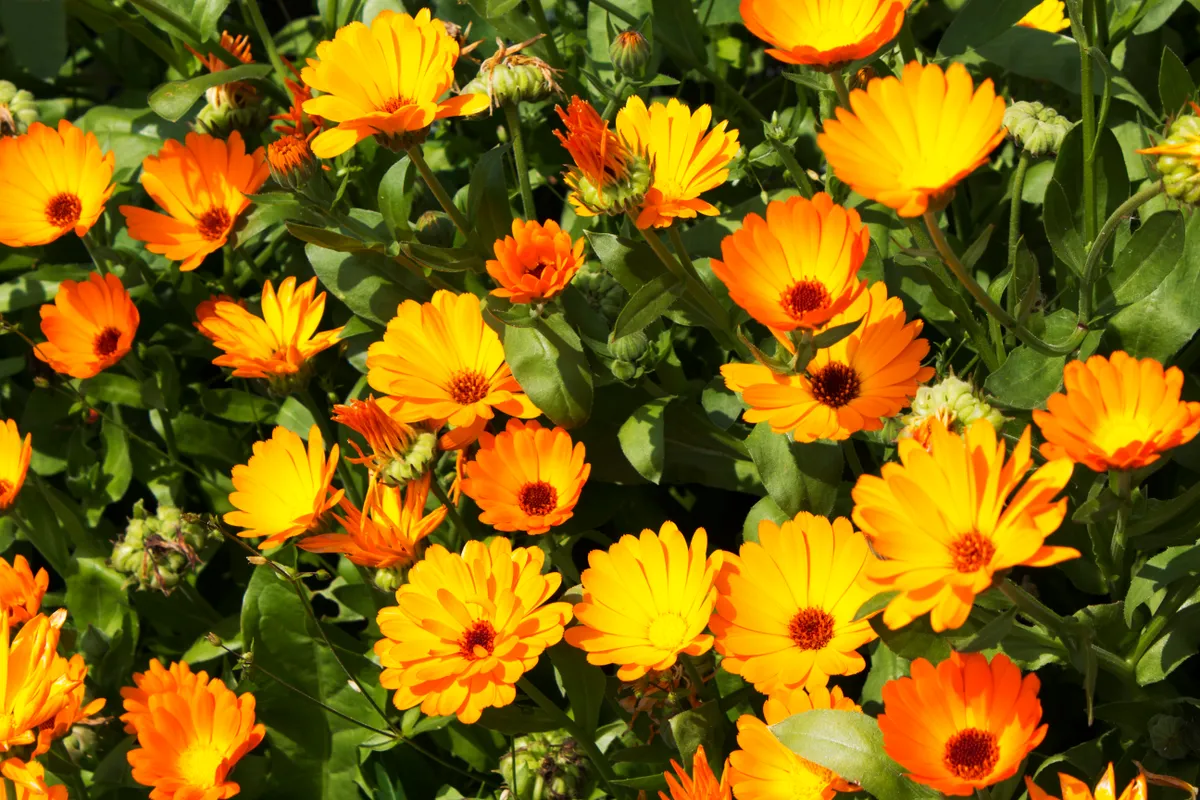
Frost-hardy annual with orange flowers. Petals are lovely in salads, pastry and butters. Only grown from seed. 45cm.
Cichorium intybus (chicory)

Fully hardy, herbaceous perennial with blue flowers (good for drinks) and slightly bitter leaves. Use young leaves and flowers in salads. Can be grown from seed. 1m.
Hyssopus officinalis (hyssop)

Fully hardy perennial with dark-blue flowers. Aromatic leaves have a bitter, minty flavour. Good with fatty fish and meat. Can be grown from seed. 80cm.
Looking to make a herb garden? Here's Jekka's herb garden plan